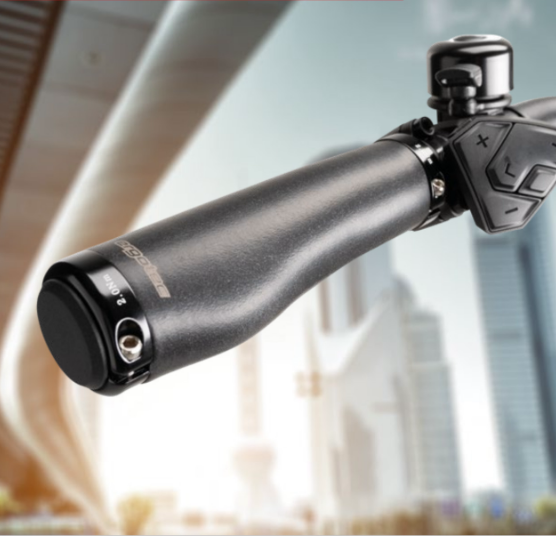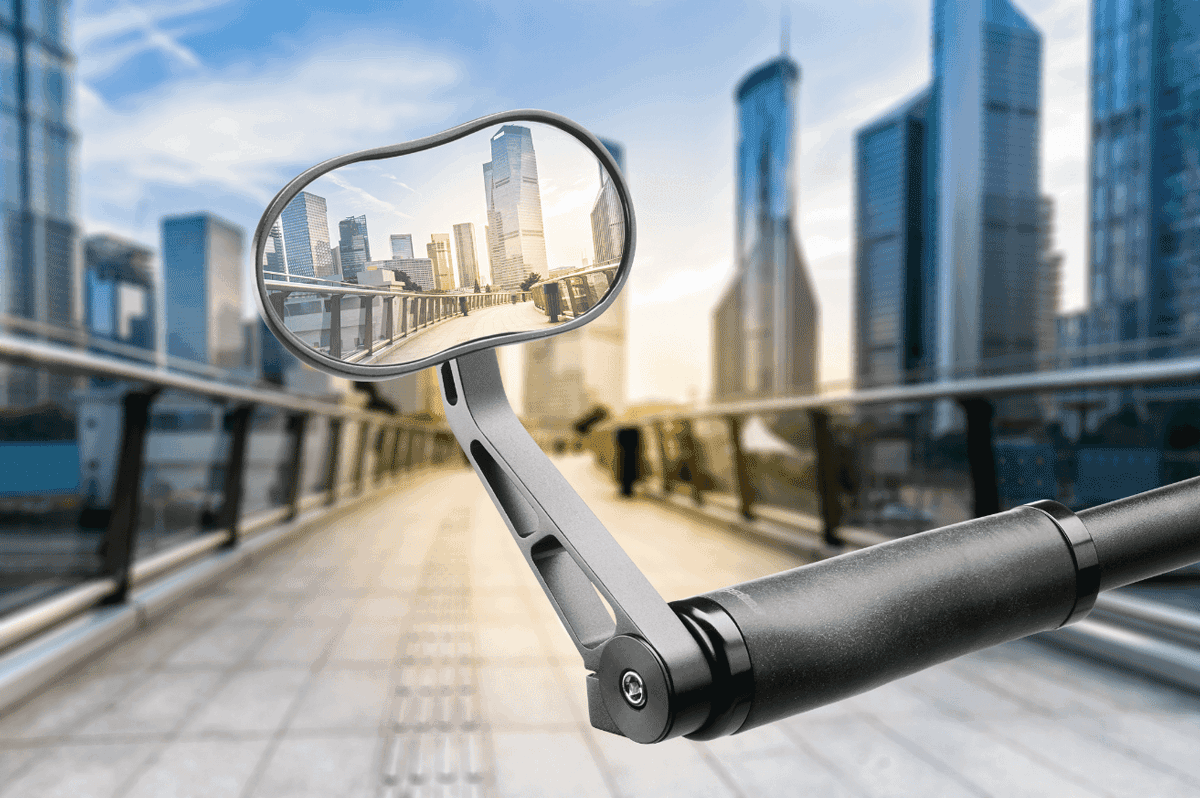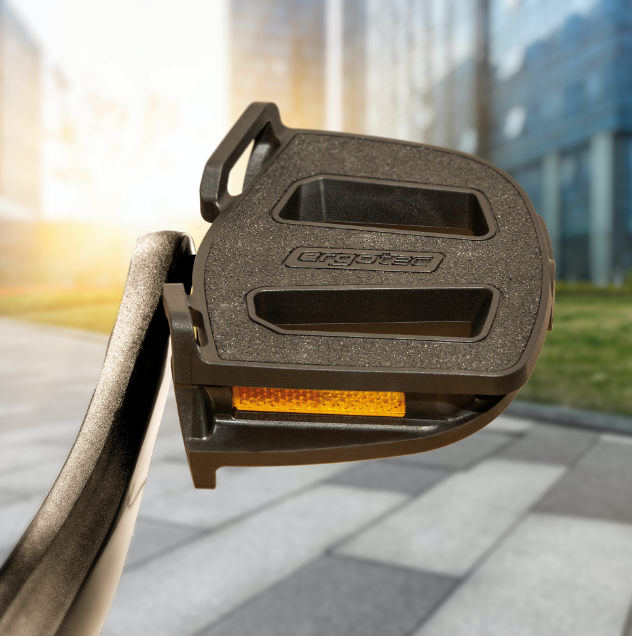Why are there so many different types of saddle?
Choosing the right saddle is a really complex topic that should be dealt with in great detail. However, there are a few important tips and tricks to help you find THE right saddle from the multitude of different models. We would like to show you these here:
Saddle width
Every human pelvis has a different width. The most important measurement for the right saddle is the distance between the ischial bones. Ideally, these should rest on top of the seat. If the saddle width is too narrow, it will slip between the ischial bones and press on softer structures.
Saddle shape
The shape of the saddle should of course suit the area of use and the bike. The sportier and more extended the riding position on the bike, the narrower the saddles are selected. This is related to the inclination of the upper body and the associated tilt of the pelvis. For bikes with a very upright riding position, such as city or Dutch bikes, relatively wide saddles are usually used.
Saddle hardness
How hard should a suitable saddle be? This question is not so easy to answer. Basically, however, you should consider the following points: how do you cycle? Comfortably in jeans to work in the morning, or more sporty with padded cycling shorts through fields and meadows? You should ask yourself this question beforehand and choose your saddle accordingly.
Test it!
If you are dissatisfied with your current saddle, you should contact a specialist dealer. They can offer you sound advice and a large selection of different models. Ideally, you can try out different models directly at your dealership to experience the differences.










